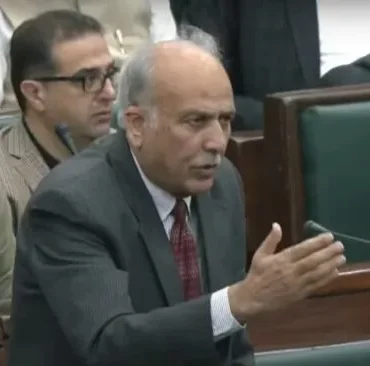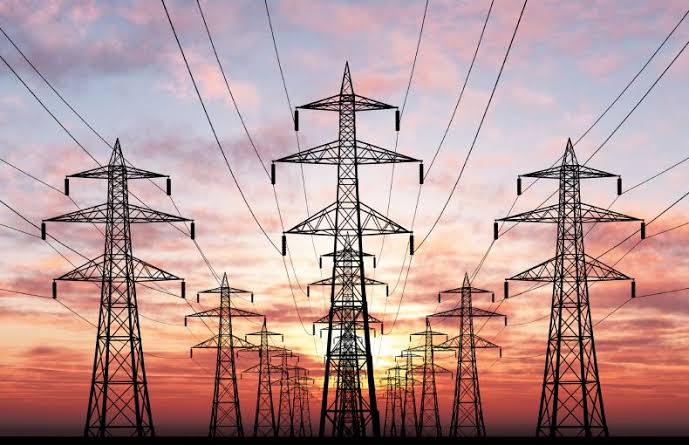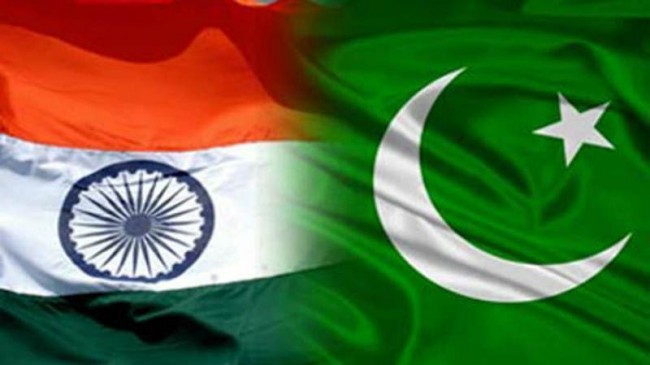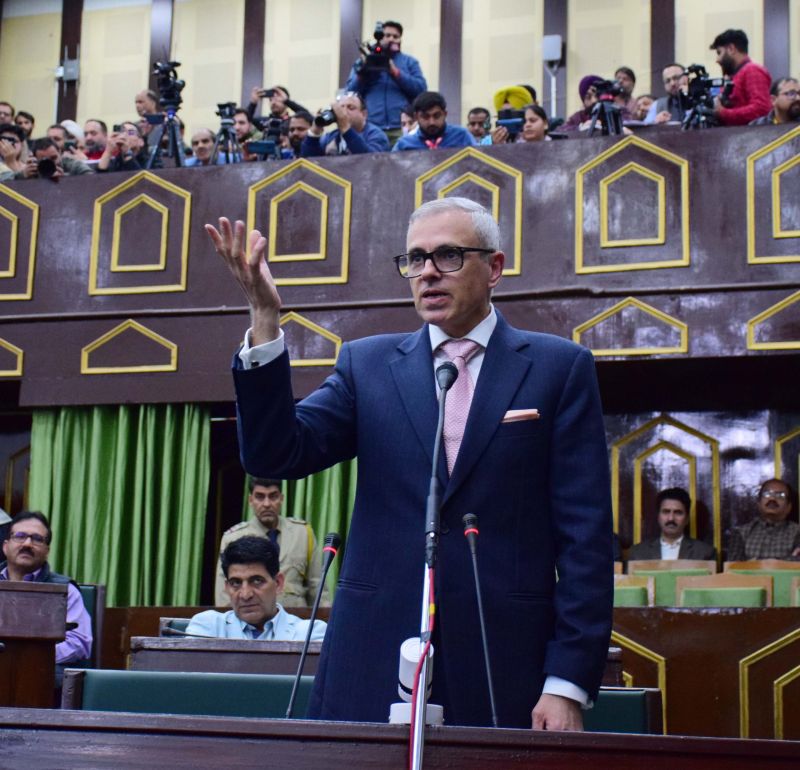Jammu: National Conference MLA from Pampore, Hasnain Masoodi today demanded an inquiry into the multi-crore National Saffron Mission.
Raising the issue on the floor of the House, Masoodi expressed concerns over alleged malpractices in the implementation of the Mission.
In 2010, the government introduced the National Saffron Mission to improve saffron productivity in the region. Under the Mission, the authorities introduced a drip irrigation system to fight the long drawn out dry spells impacting the yield. However, the initiative remained contentious with saffron cultivators claiming that the authorities left the drip irrigation process half way through.
Supported by CPI(M) legislator Mohammad Yousuf Tarigami, Masoodi demanded a comprehensive probe into the scheme to investigate possible fund misappropriation or project mismanagement.
Speaking to reporters outside the House, Masoodi said that the Mission was aimed at promoting the cultivation of the saffron. “But it is very unfortunate that nothing is visible on the ground,” he said.
Masoodi said the mission had two components—one focused on land rejuvenation and the other on sprinkler irrigation.
“Under the Mission, some 124 borewells were installed, but none of them is functional,” Masoodi said. He said that nothing had been done in terms of the rejuvenation either.
Masoodi said that a sharp decline had been witnessed in the saffron production. “Overall, the Saffron Mission has failed,” he added.
Masoodi said that a Saffron Park was also established to assist farmers and do away with the middlemen. “The facility this year, I think, received only 80 kgs of saffron,” Masoodi said.
He said that he had raised the issue in this backdrop.
Agri minister says decline in saffron cultivation has been halted
The Jammu and Kashmir government Tuesday said it has halted the decline in saffron cultivation, maintaining that the saffron-growing area stands at 3,715 hectares.
Agriculture Minister Javed Ahmed Dar said new areas have been identified for expansion and an inquiry will be conducted into the working of the department in the growth of saffron cultivation in the Union territory.
“The government has successfully halted the decline in saffron cultivation. Since 2010-11, the saffron-growing area has remained stable at 3,715 hectares—3,665 hectares in Kashmir division and 50 hectares in Kishtwar—with new areas identified for expansion,” Dar said.
The National Saffron Mission has “successfully revived saffron cultivation” in Jammu and Kashmir, significantly increasing productivity and prices for farmers, he said in reply to a question from National Conference member Hasnain Masoodi during Question Hour in the House.
However, key challenges such as irrigation infrastructure and land encroachments persist, the agriculture minister said.
The government launched the mission in 2010-11 under a flagship scheme devised by SKUAST-K, with a financial outlay of Rs 400.11 crore, he said.
“Of this, Rs 315.99 crore was contributed by the Government of India and Rs 84.12 crore by farmers. So far, Rs 269.91 crore has been released, with Rs 259.67 crore spent,” he added.
The minister highlighted that the implementation of modern techniques has led to a rise in saffron productivity from 2.50 kilogram per hectare in 2009-10 to a peak of 4.42 kilogram per hectare in 2023.
“The establishment of the Indian Institute of Kashmir Saffron and Technology Centre (IIKSTC) and the introduction of scientific post-harvest methods have significantly benefited farmers,” he said.
Dar said that the price of saffron increased from Rs 80,000 per kg to Rs 2,20,000 per kg in 2021-22, while saffron stigma recovery improved from 22 grams per kilo to 28 grams per kilo, enhancing overall yield.
On the export and revenue trends, he said saffron production has increased from 14.87 metric tonnes in 2022 to 14.94 tonnes in 2023 with the value of production hovering up to Rs 291.33 crore in 2023 to Rs 261.38 crore in 2022.
Various members of the parties raised supplementary questions about the further course of action and increase in the area of saffron cultivation.
BJP’s Sunil Sharma alleged discrepancies in the answer and called for the minister to rectify it. Some members alleged a probe into spending on the mission program.
Speaker Abdul Rahim Rather intervened, pointing towards the members’ concerns.
Minister further said in the reply to supplementary questions, “The quality of saffron colour has also improved from 8 percent (traditional drying) to 16 percent (scientific drying) due to advanced processing at IIKSTC”.
To eliminate middlemen and ensure fair pricing, the government introduced an e-auction system.
“This has enabled transparent transactions, ensuring fair farm-gate prices for saffron growers across India,” Dar added.
Despite these successes, the minister acknowledged significant gaps in irrigation infrastructure.
The National Mission on Saffron had planned to construct 124 community bore-wells, each serving 30 hectares, to provide sprinkler irrigation for 3,665 hectares of saffron fields.
Another challenge is the recurring operational costs of bore-wells, which farmers are reluctant to bear. “Many farmers find the maintenance expenses too high, further delaying full irrigation coverage,” he added. The minister also highlighted threats to saffron cultivation from real estate developers and land grabbers.
“There have been instances of sprinkler irrigation systems and bore-wells being damaged. Complaints have been lodged with revenue officials regarding encroachments,” he said.
A government committee found that 77 bore-wells remain non-functional, while only eight—four each in Srinagar and Budgam—are operational.
Despite these hurdles, Dar emphasised that the National Mission on Saffron has achieved most of its objectives.
“While challenges remain, especially in irrigation, we have made significant progress. The government remains committed to addressing these gaps,” he said.
To ensure farmer participation in policy decisions, the government has formed committees of saffron growers, traders, and civil society members to incorporate their views.
“The success of the saffron mission depends on continued farmer engagement, improved irrigation systems, and protection from land encroachments,” Dar said.








